
Posted by Shivam Singh
on 28th Feb, 2020
Visited in Nov, 2018
Rameswaram, an unspoiled and a quiet town, lies in the state of Tamil Nadu in India and is part of the beautiful Pamban Island.
The town is connected to the rest of the country via the famous Pamban channel and is only 40 kilometres from Sri Lanka.
The only way to reach Rameswaram is via two scenic parallel bridges (see image). One is Pamban Railway bridge and other is National Highway 87.
The town has special significance to Hindus as one of the holy Char Dham—the four sacred abodes associated with incarnations of Lord Vishnu.
According to the Hindu mythology, this is the place where Lord Rama created a bridge across the sea to Sri Lanka. called Ram Setu (currently it is submerged in water, visible only in satellite images), but still you can reach to the point where it begins.
The Ramanathaswamy Temple, dedicated to the Hindu God Shiva, is at the center of the town and is closely associated with Rama.
I visited Rameswaram in 1st week of November 2018 for 3 days with my family.
How I Travelled to Rameswaram
Took a flight from New Delhi to Chennai, spent 2-3 days there at a relative’s place and then took 1 hr 15 mins flight to Madurai from Chennai. From Madurai airport booked a cab till Rameswaram which took around 4 hours.
After 2 and half days of stay, boarded Chennai Express from Rameswaram till Chennai (overnight journey) and after 2 days again in Chennai, flew back to New Delhi.
According to the Hindu mythology, this is the place where Lord Rama created a bridge across the sea to Sri Lanka. called Ram Setu (currently it is submerged in water, visible only in satellite images), but still you can reach to the point where it begins.
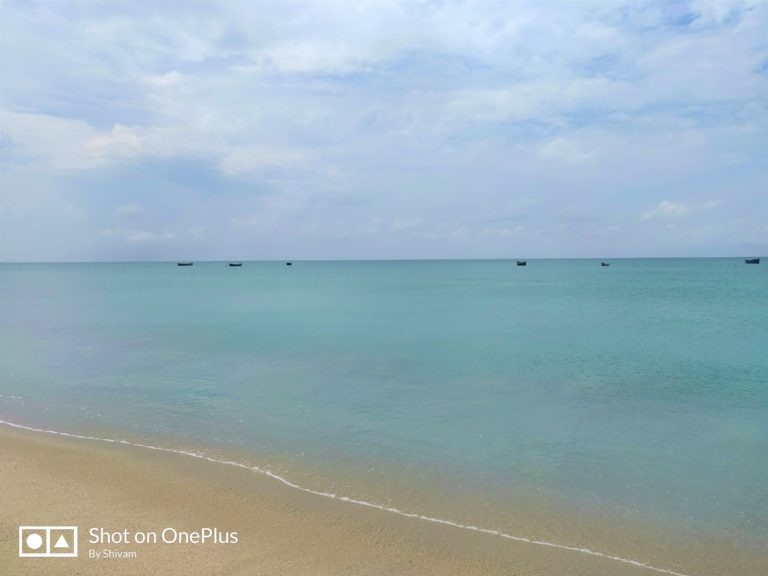
How Can You Reach Rameswaram
Flight: Nearest airport is at Madurai from where you can hire a taxi to cover next 180 KMs in around 4 hours (+-30 mins). If you opt for flight, then I will suggest to book taxi in advance from www.gozocabs.com or www.savaari.com to get best rates. It will be roughly around INR 2800 for Sedan and INR 3800 for SUV for one-way drop only.
Train: Rameswaram railway station is well connected with many southern cities including Chennai and Madurai. From north many special trains run time to time (check schedule on IRCTC before planning).
2 Days Itinerary in Rameswaram
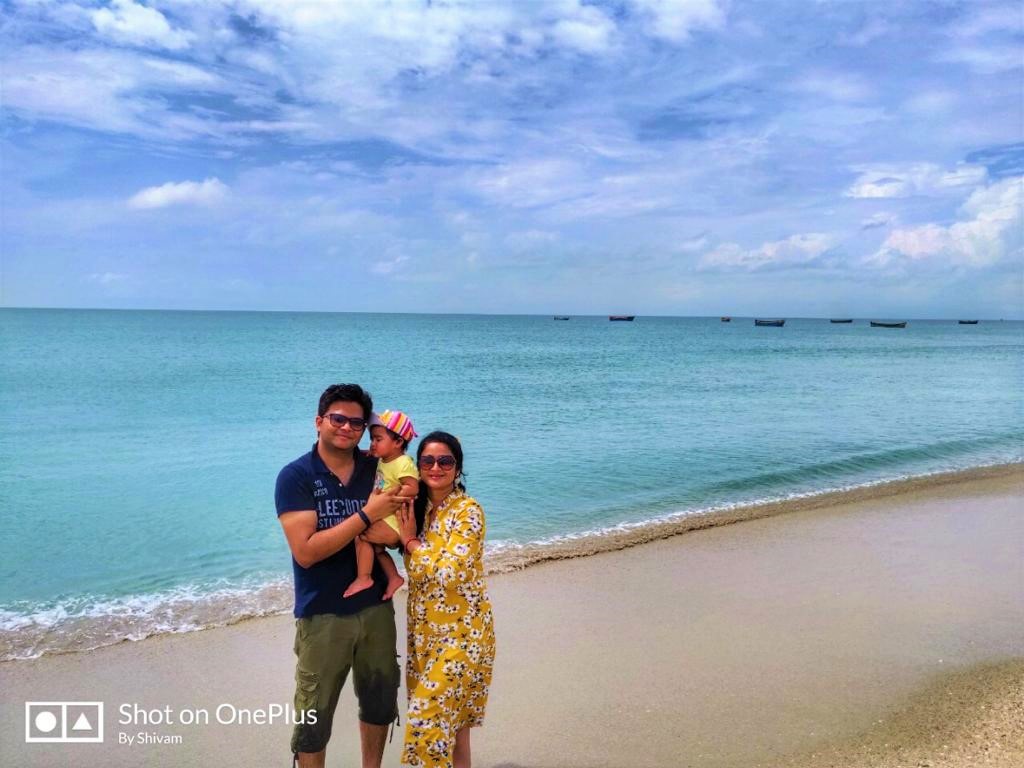
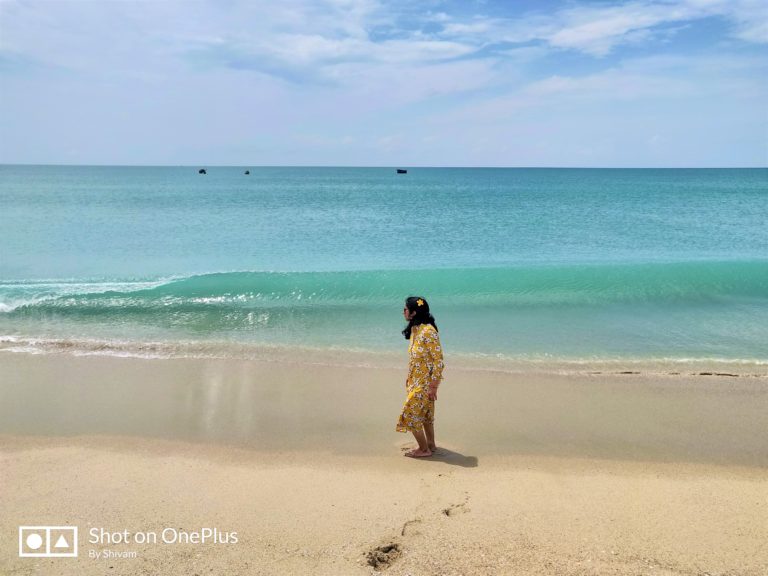
You will need atleast 2 days for a complete fun-filled experience.
Day-1: After breakfast, go out and hire an AC Local Taxi Van (you can find Tata Venture everywhere). Do not hire auto or open vans as it will be very windy enroute Dhanushkodi. Negotiate for a full day site seeing tour (should cost around INR 1500-2000).
Kothandaramaswamy Temple (popularly known as Vibhishana Temple)
A small shrine, 13 KMs from Rameswaram enroute Dhanushkodi, with deities of Rama, Lakshmana, Sita, Hanuman and Vibhishana. The temple is believed to be the place where Vibhishana, the younger brother of Ravana, asked Rama and his vanara (ape men) army for refuge. The temple is the only historical structure to survive the 1964 cyclone that washed away Dhanushkodi town. The temple is surrounded by sea and remains a tourist attraction.
Dhanushkodi Town
Little ahead from Vibhishana temple, lies this ghost town (declared unfit for living after 1964 cyclone). The destroyed structures ironically looks so beautiful that they are photographer’s paradise.
Do not forget to spend some time at the nearby scenic beach. Also you can buy sea-shells and hand made stuffs in the adjoining shops. Have nariyal-paani (coconut water) at this place also (common everywhere on the beaches).
The destroyed building structures reminds of the tragedy happened here during 1964 cyclone.
In Dec-1964, cyclone made landfall on this small town with wind velocity of 280 kmph and tidal waves were 7 metres (23 ft) high. An estimated 1,800 people died in the cyclonic storm during night of 22 December including 115 passengers on board the Pamban-Dhanushkodi passenger train. The entire town was marooned and declared unfit for living by then Government of Madras.
From this place, the road to Ram Setu view point (end of India’s road) is one of the most scenic journey with Bay of Bengal on one side and Indian Ocean on the other side.
Until 2016, there was no road to reach the Ram Setu point from the main town. There were mini buses and jeeps which had to pass through shallow sea waters (very risky and frightening). But in July-2017, a new road was inaugurated by then Prime Minister Narendra Modi, to ensure the last mile connectivity to the sacred spot.
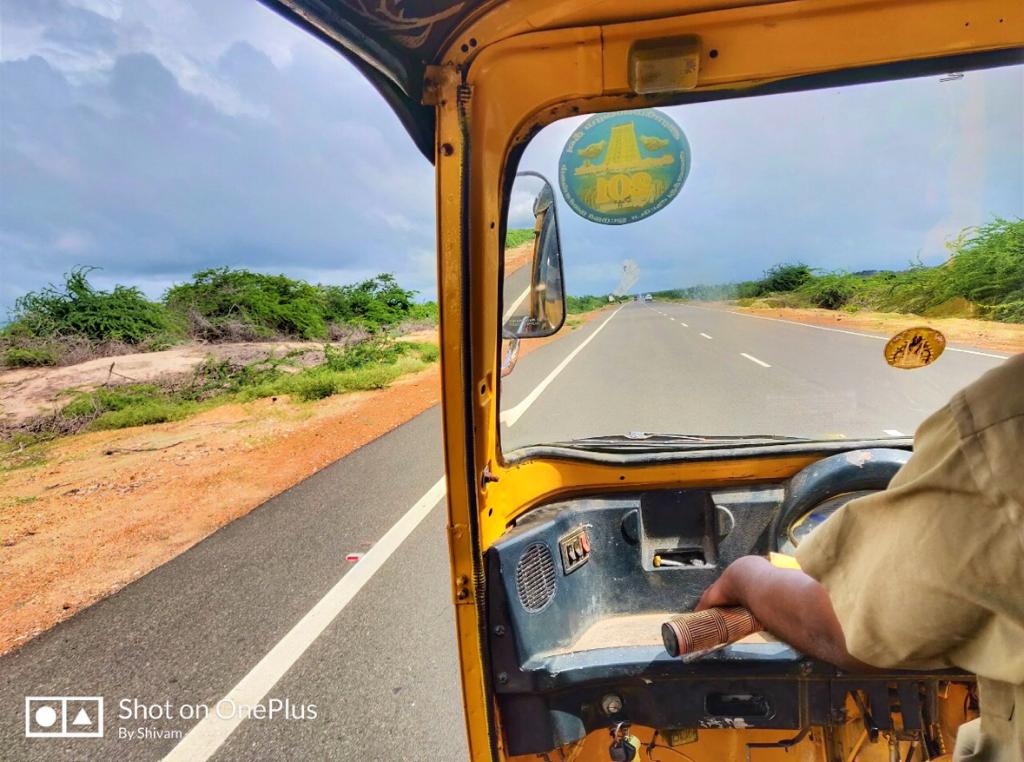
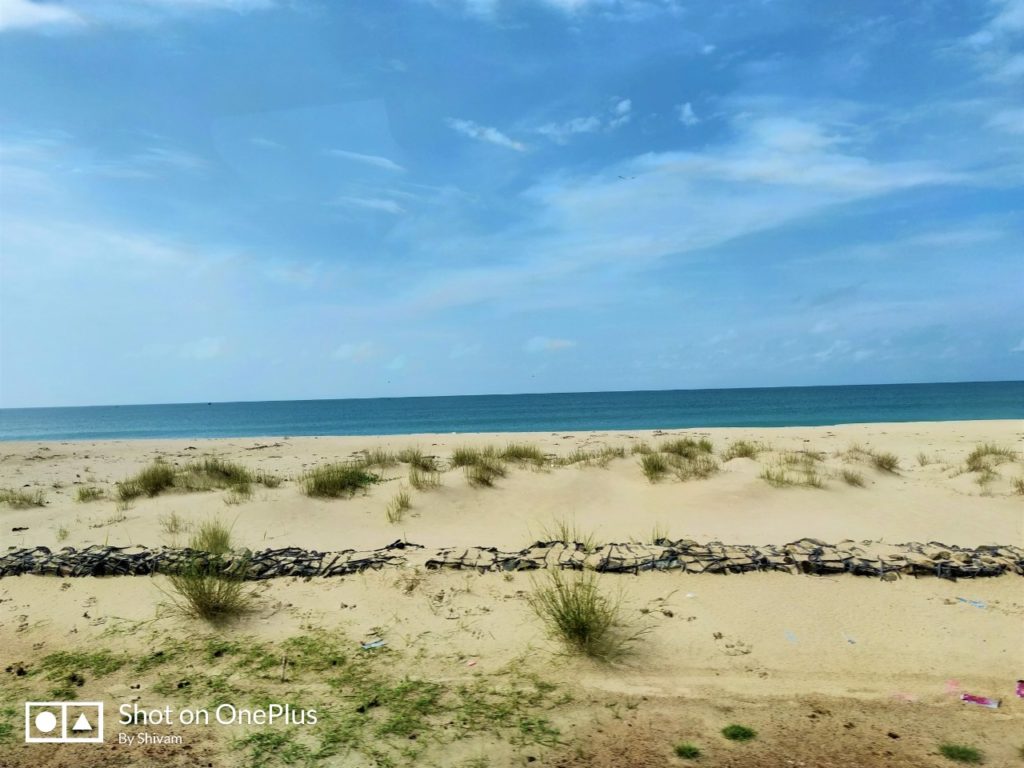
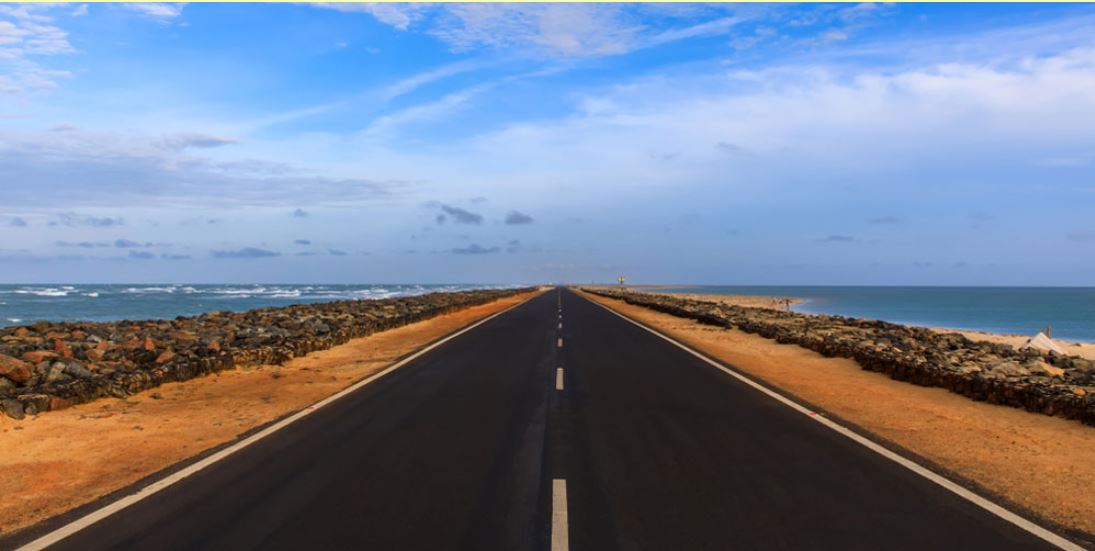
Dhanushkodi Beach (Ram-Setu Point)
It lies on the tip of Rameswaram island. On this beach, the Bay of Bengal and Indian Ocean merge which is known as Arichal Munai in Tamil. You can literally see the difference between both sea-waters.
While the waves of Bay of Bengal is little rough, the Indian Ocean side is relatively calm.
Feel the location and get yourself clicked on the road with both hands wide open. This is the place where Ram Setu starts.
Touch the water of both the seas one by one to feel it. You will not find any difference like me, but this will give you self satisfaction and experience. Spend some time at the beach and try freshly cut fruits on the roadside near parking area.
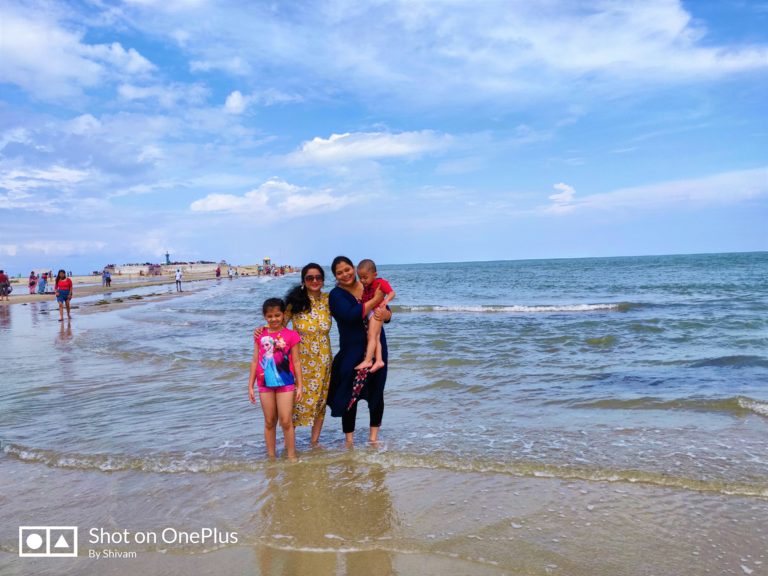
By the time you are done with these 3 places, it will be already 2-3 PM in the afternoon. Head back to Rameswaram for lunch.
Post lunch if you do not need rest and have energy, proceed to next destinaation.
Gandhamadhana Parvatham (Gandhamadhana Hill)
This is the place where you can see Lord Rama’s footprint imprinted on a Chakra inside the temple known as “Ramar Patham“. This is the highest point in the island from where you can see the entire town. This place is not very well maintained but looking at the cultural importance should be visited if time allows.
In evening, visit the local market for some mirchi / aaloo / pyaz / banana pakodas. Proceed to Hotel and rest.
Sleep early as you need to wake up at 4:30 AM next morning for Ramanathaswamy temple darshan.
Day-2: Wake up at 4:00 AM and get ready for the Ramanathaswamy temple. If you want to see the Sphatic-mani (Natural Crystal), you have to reach temple before 5:00 AM and stand in queue.
Read the complete Pooja schedule at the end of this blog
Take auto or walk towards temple if your hotel is nearby.
Also, if you do not want to follow complete Pooja schedule (even I could not do that), you can simply watch the Sphatic-mani in the morning, come back to hotel, have breakfast and visit the temple again for darshan around 9-10 AM.
If you are the king of laziness, and it’s tough even to get up early in the morning, simply go to the temple post breakfast. But do not miss the darshan.
Let’s take a look at the temple description.
Ramanathaswamy Temple
This is a Hindu temple dedicated to the God Shiva. It is also one of the 12 Jyotirlinga temples.
The temple has the longest corridor among all Hindu temples in India.
The presiding deity, the Lingam of Ramanathaswamy (Shiva), is believed to have been established and worshiped by Rama.
According to the Ramayana, Lord Rama (the seventh avatar of the god Vishnu) prayed to the god Shiva to forgive him of the sin committed during his war against the king Ravana in Sri Lanka.
Rama wanted to have a large lingam to worship Shiva. He directed Hanuman, to bring a lingam from the Himalayas. When Hanuman got delayed , Rama built a small lingam out of the sand available in the seashore, which is believed to be the lingam in the sanctum.
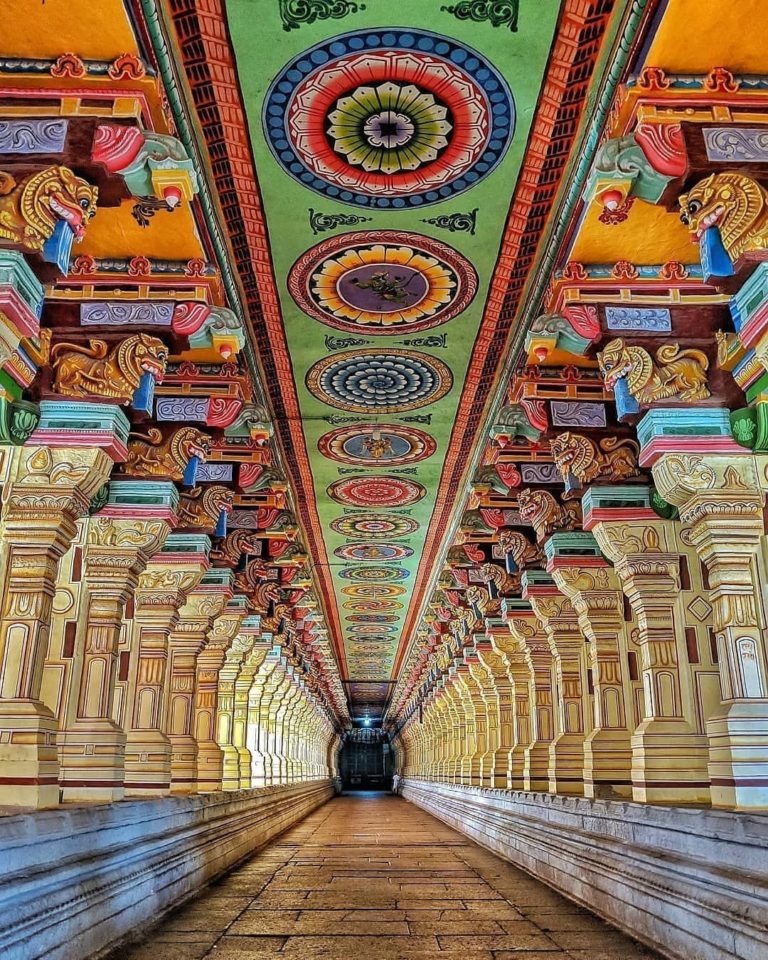
You will find two lingams inside the sanctum – one built by Rama from sand, residing as the main deity Ramalingam and the one brought by Hanuman from Kailash called Vishwalingam. Rama instructed that the Vishwalingam should be worshipped first since it was brought by Hanuman – the tradition continues even today.
The temple premises has many small shops selling souvenirs, photos & posters, toys, small handicraft items, which are tough to resist.
Post darshan at temple, proceed to any restaurant outside temple for mouth-watering South Indian lunch. I prefer Masala Dosa or Uttapam in such places. Post lunch if you are not tired in temple, hire an auto and head towards Kalam Memorial.
APJ Abdul Kalam National Memorial
This is a tribute to India’s former President Dr APJ Abdul Kalam, popuarly known as the Missile Man of India. He was born in Rameswaram and buried in Rameswaram.
2 years after the death of Dr Kalam, Defence Research and Development Organisation (DRDO), with which Kalam was associated for several years, took the initiative of constructing the memorial as a tribute to India’s missile man. They invested around Rs 120 crore for the construction of the memorial in a record 9-month period.
The entrance of the memorial depicts the India Gate and has a Chettinad door integrated into the structure, while the main dome of the building is a replica of the Rashtrapati Bhavan. The structure is built in a 2.11 acre land and the bronze life size statue of Abdul Kalam, which was inaugurated in 2016, has been shifted and installed behind the memorial. Inside the memorial there are four halls which depict the life and time of Kalam.
Opening hours of Memorial: 9:00 AM – 6:00 PM
Pamban Bridge
If you entered Rameswaram by taxi, you may have stopped on the sea bridge. You can skip it in that case, but if you arrived via train, then you must spent some time on the Pamban sea bridge. Ask your taxi driver to take you there. This is a not to miss site.
Enjoy cool breeze while standing on the bridge, if you are fortunate enough you can witness the passing train from the adjoining 100+ years old railway sea bridge (you can very well plan your visit as per the train timings if you wish).
Villoondi Theertham
After you are done with Kalam Memorial and Pamban Bridge, ask you tempo driver to take you to Villoondi Tirtham.
It is a beach which has a sweet water pond/well inside the saline sea.
According to the legend, it was where Lord Rama had buried his bow and arrow. Hence the place is named as Villondi, which means buried bow. It is also said that before burying the bow, Lord Rama had shot an arrow into the sea to get sweet water as to quench Goddess Sita’s thirst.
Once you reach there, you have to walk till the end on a man-made walkway (check the image of the bridge) to see the water spring (it’s like a well). When I reached there, there was a man who came with a glass tied to a rope to fetch water from the well. You may taste it (it’s up to you to taste). The evening there was very scenic and pleasant. Definitely a must visit.
Later in the evening go to the market for some south Indian snacks for dinner as per your wish.
You can leave same night by train or next morning as per your departure schedule.
Worship Timings: 5 am to 1 pm & 3 pm to 9 pm
Pooja Procedure at the Main Temple
It is very important for you to know the correct procedure to offer Pooja at the main temple.
Temple management allows only Hindus to perform this Pooja. It is best to hire a guide a day in advance, generally around Rs 400-500 for everything.
Visiting the Ramanathaswamy Temple (main temple ) involves a 4 step process:
- Mani Darshanam or spatikha Linga Darshanam– You should watch the Sphatic (Natural Crystal) mani first thing in the morning at main temple. Darshan timings are 5:00 – 6:00 a.m. Some guides around Rameswaram will tell you that there is no need to take a bath before mani dharshan, But According to Holy Scriptures of Hindus, one should take bath before entering Temple premises, better you have a bath. There is a special entrance for Rs 50 – but it’s better to stand in the general queue for Rs 10 which, strangely moves faster.
- Samudra Snanam– Next, you should walk down to Samudram (Sea) for Snanam (bathing). The sea, 300 metre away from the temple, is very peaceful and shallow here without any tides at all. Mythology says that Samudram surrendered to Lord Rama during his attack on Lanka and since then it is calm
- Teerth Snanam– Proceed to the temple for Teerth snanam (Holy bath). The temple has 22 wells that are said to contain holy water from different places. You need to sequentially take bath at each place. The markings are good and you can easily make out the next well. The government rate for this is Rs 25 per person. Attendants are there at each well and they will pour water on you. They splash a bucket of water on a group of pilgrims. You may need to go in queue. You can also hire attendants out side the temple for this process. But they will charge 150 rs per person. Plenty of these attendants can be found at the temple entrances with a bucket and rope in hand. If you feel like getting drenched with one full bucket of water at each well, you need to hire an attendant; otherwise, this is not required.
- Main Pooja– Now you can change your clothes and dry yourself. There are different prices for different kinds of pooja. The basic one starts at Rs 111. Your guide will arrange for the Pujari (priest), who will do some rituals. Then he will offer milk, grass, leaves, etc. to Lord Shiva on your behalf in main temple. You can view all this sitting in front at a price of Rs 500. Afterwards, he will tell you the story of Rameswaram. He will also ask you to recite some shlokas after him. Pujari charges around Rs 500-600 for his services.
You can also enjoy prasadam at 12 noon. It is offered near inner door of Lord Shiva temple.
Happy Journey..!!
© All Rights Reserved
4 images on this post has been picked from different “Image Sources”. They have been given due credits in the comments.
If you still think, any of those 4 images are violating any copyrights, please let us know via the feedback form on the home page, the particular image will be immediately removed.
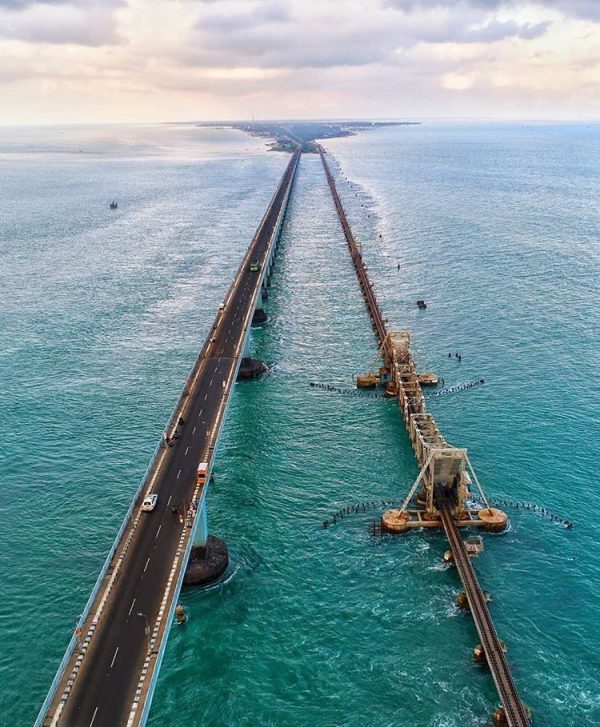
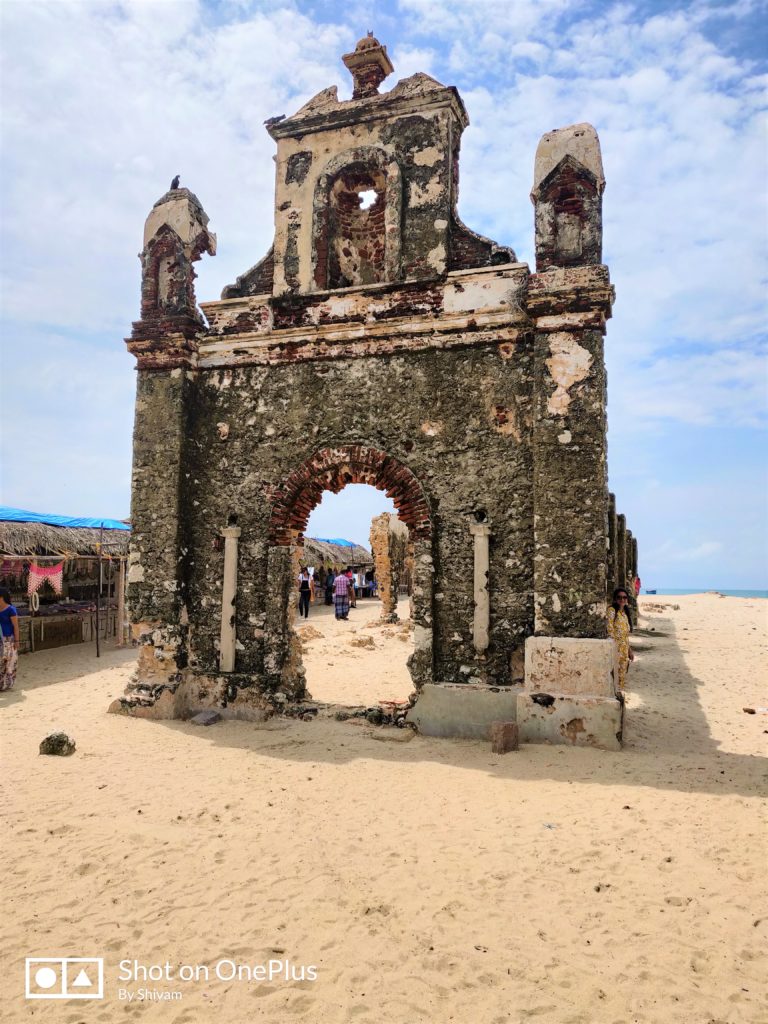
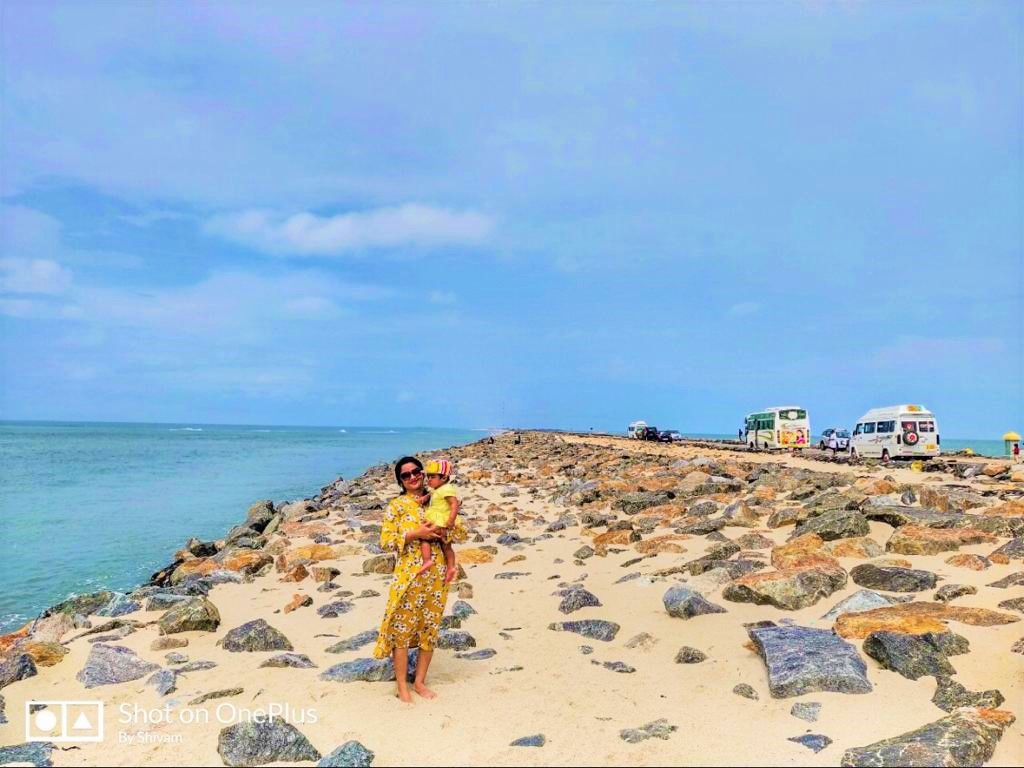
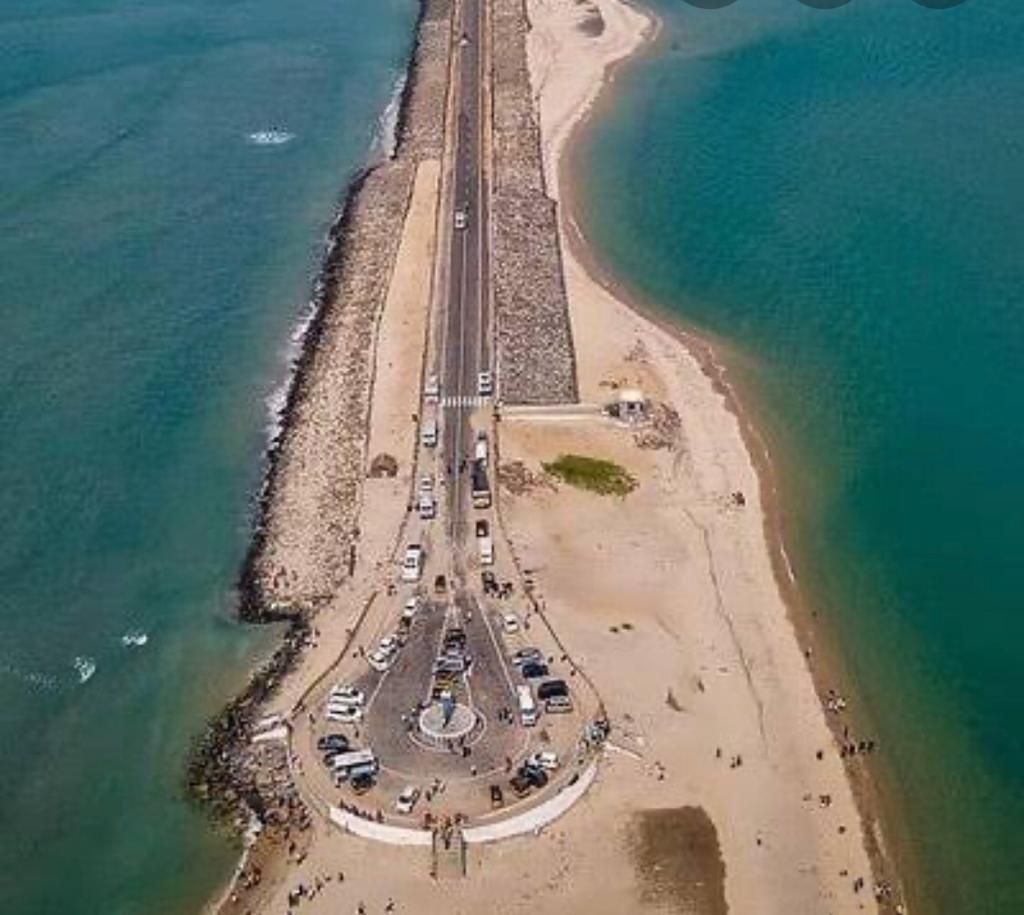
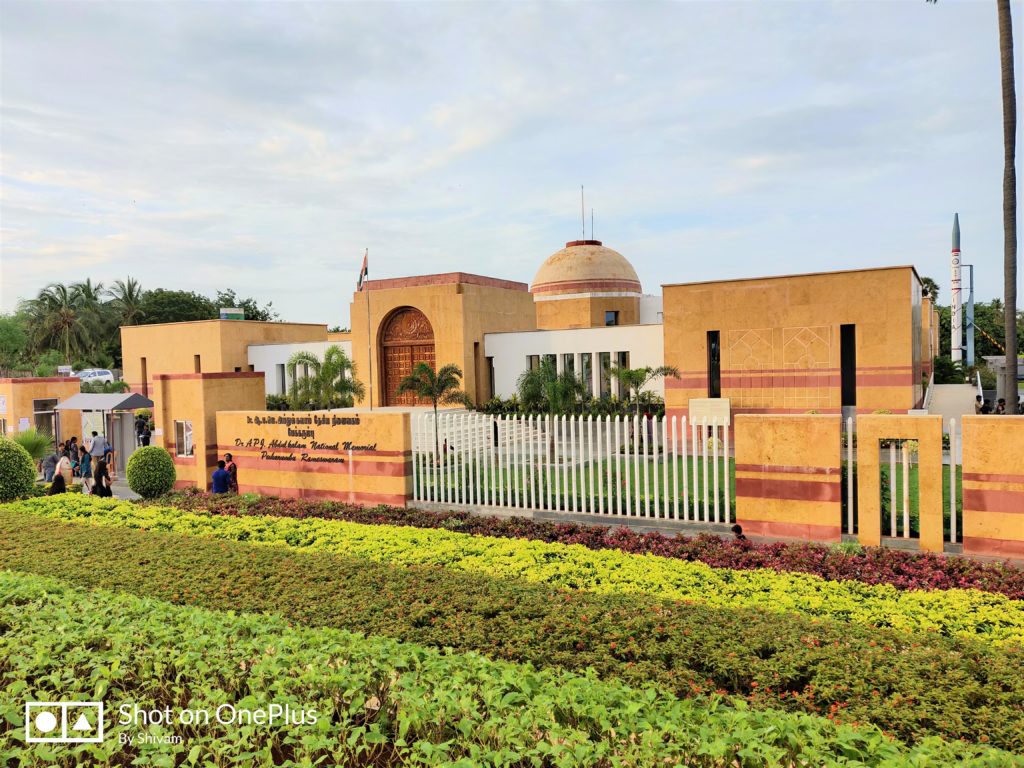
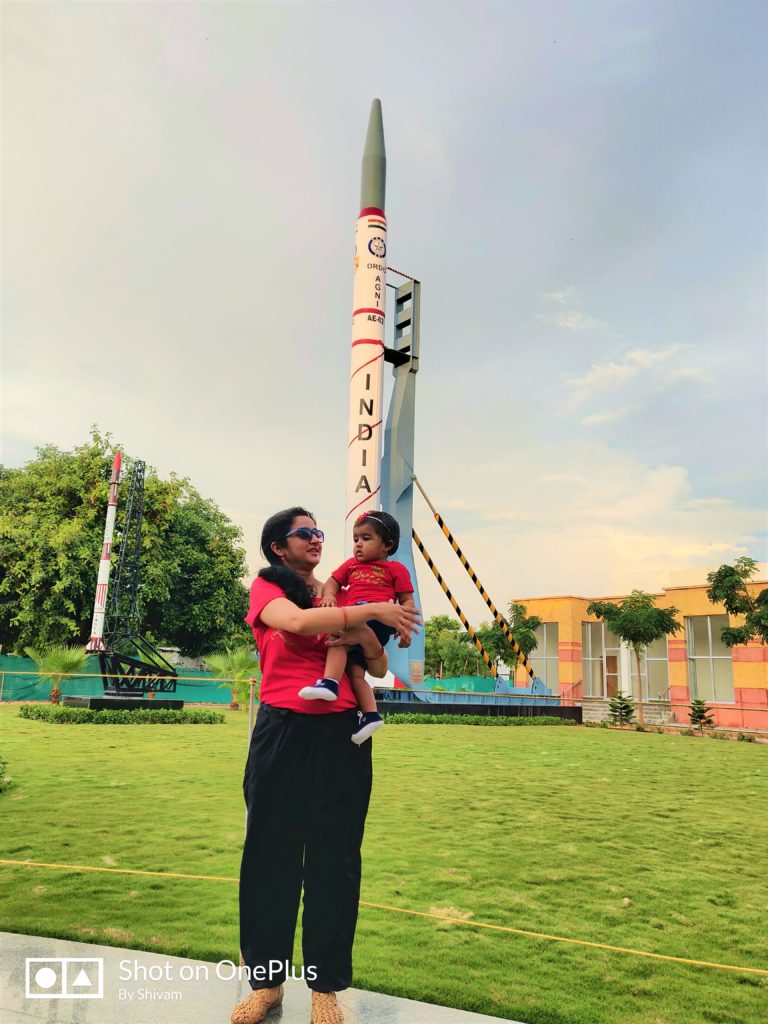
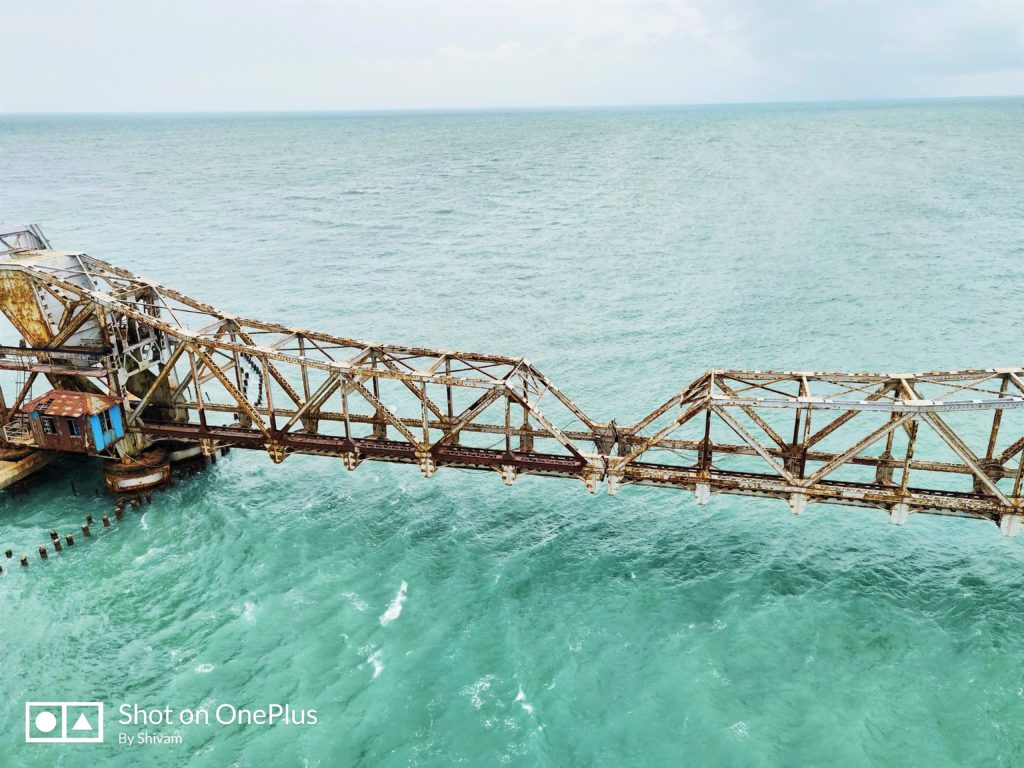
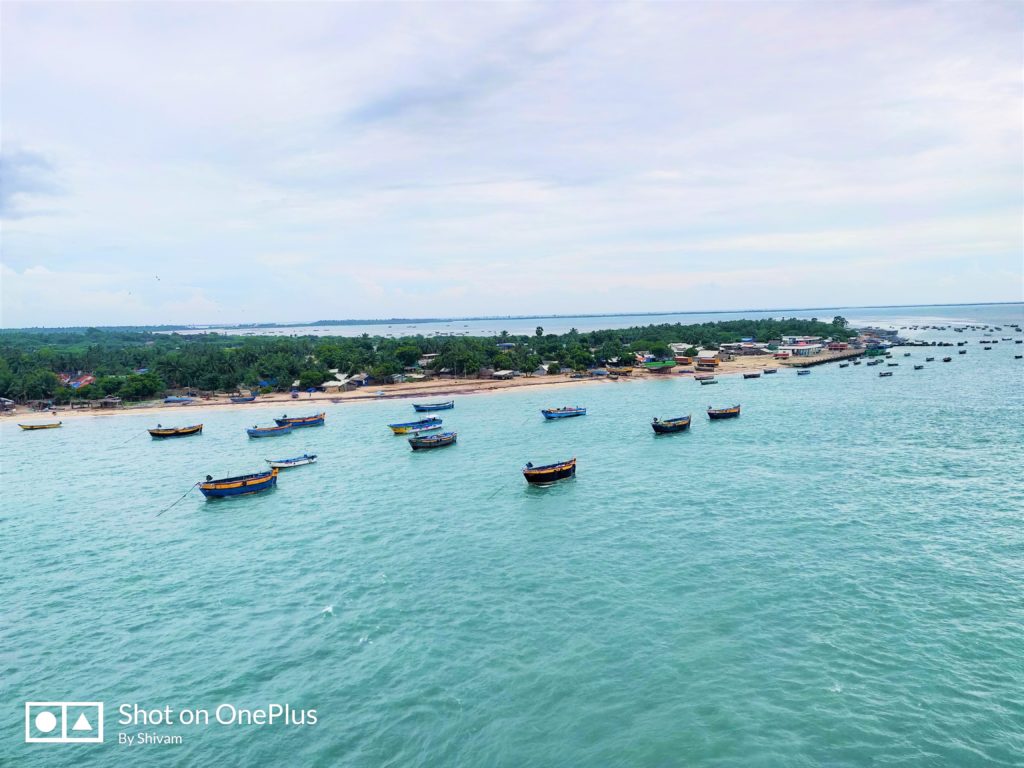
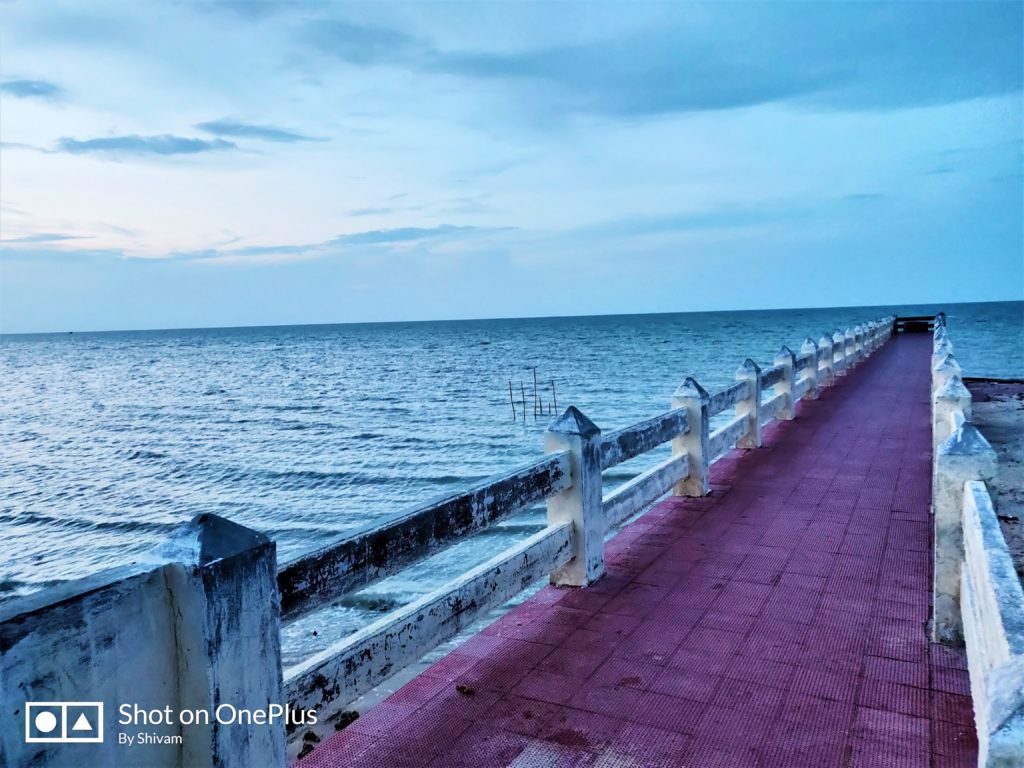
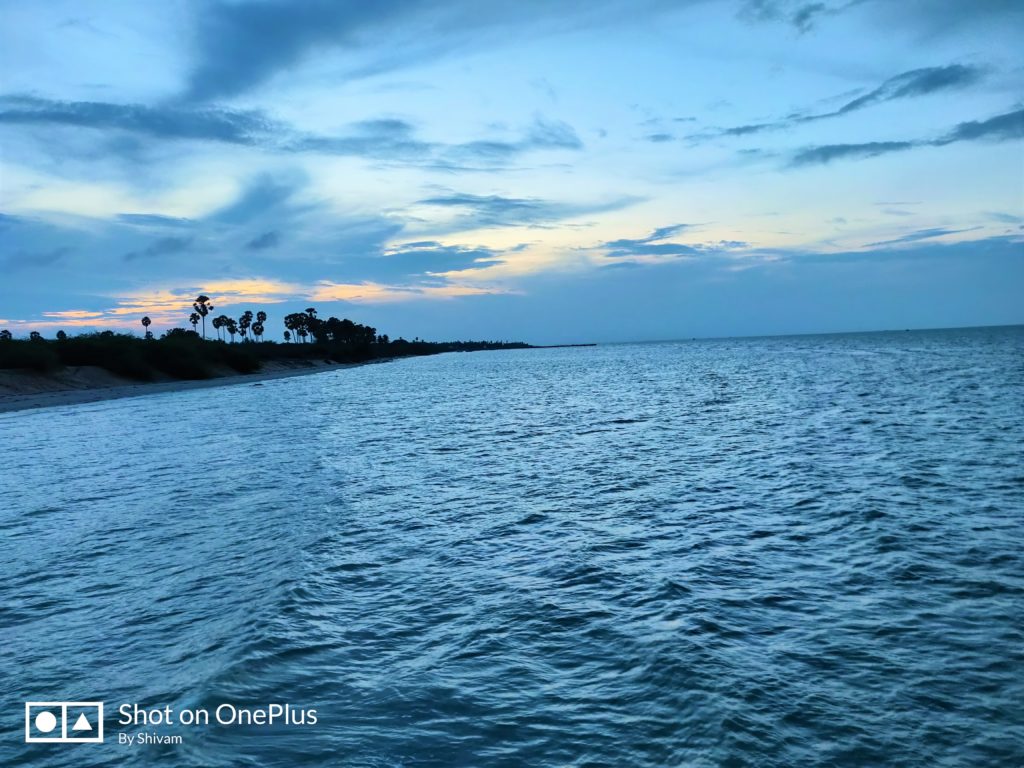

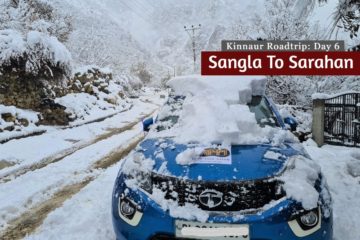

0 Comments